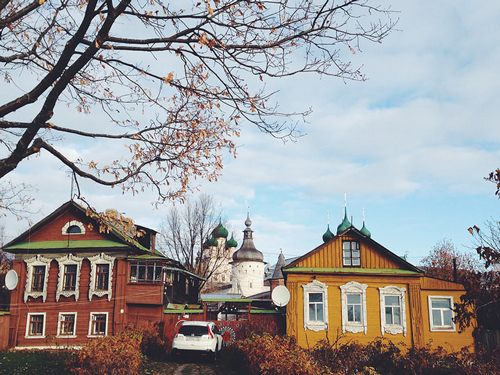The Introduction to Rostov
Facts
Rostov the Great
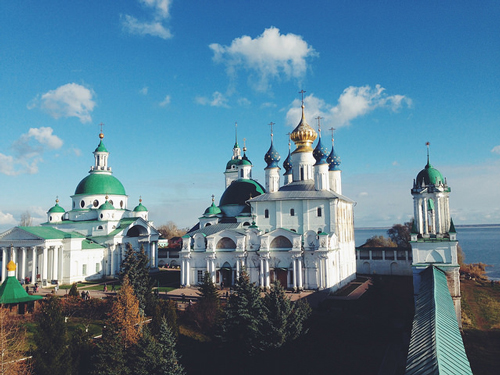
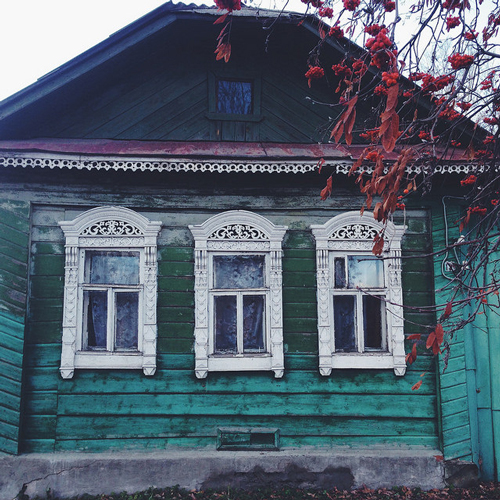
The guide proposes that every tourist will pay five rubles to get in. The keeper says he'll open it. You may feel like following the group to have a look on Rostov from high.
Around the white Kremlin walls, the whole town is made out of old stones. The streets are large, the walls imposing, and the ruins of ancient trading arcades let imagine how great and powerful was once Rostov Veliky.
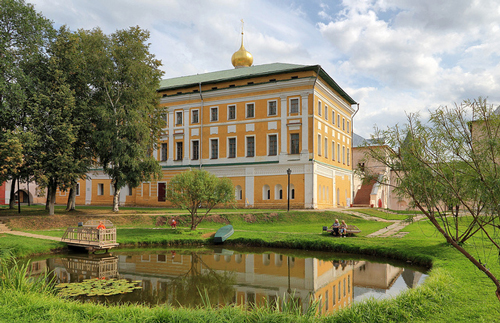
Inside the Kremlin, there's an archeological museum, where you can see what they found in the earth, just where you stand. You can figure out how it was from the stone age to the last century: stone knives, relics of a drakkar, the first stone of a convent.
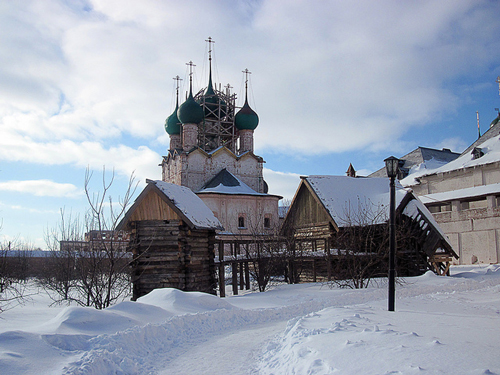
When you get out of the Kremlin, if you walk along it to the back, you'll find paths through pretty gardens to the calm lake. On the grassy beach a little guy may propose you to rent a barge. For a couple of hours it can be nice to row to another more hidden beach, as the water is so inviting, or to the fairy tale monastery, on the shore to the right. There's also a seducing house, just on the shore where an artist and his mother made a little enamel museum upstairs and arranged half of the basement in a cozy apartment for people.
After eating a nice bliny (pancakes), seeping a sweet home-made medovukha (honey alcohol), you might feel like the people you meet: smiley and relaxed. Here they seem to have nothing to fight against, they have nature very close, and they can easily get out of their village, with any direct train to Moscow. So Rostov is a nice green town made out of old white stones very close to a deep blue lake.
History of Rostov
People were living on the present territory of Rostov even 4 thousand years BC, in the stone age, when the settlements of the people were scattered around 'Nero' lake. These people were worshipping bears, elks, and other animals.
The territory next to 'Nero' lake had always been quite densely inhabited in the old times by different tribes, but they were settling there not for very long periods, so one tribe was coming here after the other.
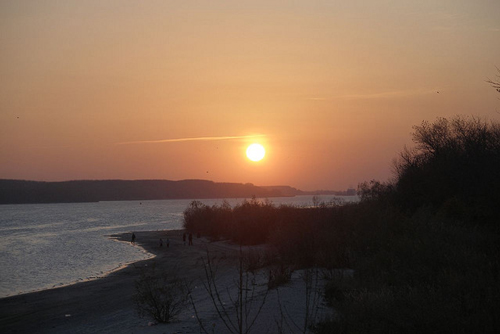
In the 9th century Slavs tribes came from the south regions and Merya and Slav people started to assimilate.
In Russian chronicles Rostov was first mentioned in 862, by that time it was a large town at the place of an old Merya settlement. Rostov was a big trading center, because of its favorable position on the busy river ways.
When Yury Dolgoruky (the one who founded Moscow) became the Prince of Rostov-Rostov land, Rostov started to become even more powerful: close connections with the other parts of Russia, high levels of culture and trade, good political positions lead Rostov to become independent from Kievlan Rus.
The cultural and political growth of the town came to the end with the Tartar invasion in 1237: many Rostov people were killed and the town was ransacked and partially destructed.
In 1332 Rostov became a part of Moscow Pricipality, and as Rostov was loosing its political influence, it was becoming more and more one of the most important religious centers in Russia. Because the city didn't have any military significance, it was poorly fortified, so it was destructed during the invasions in the beginning of the 17th century.
